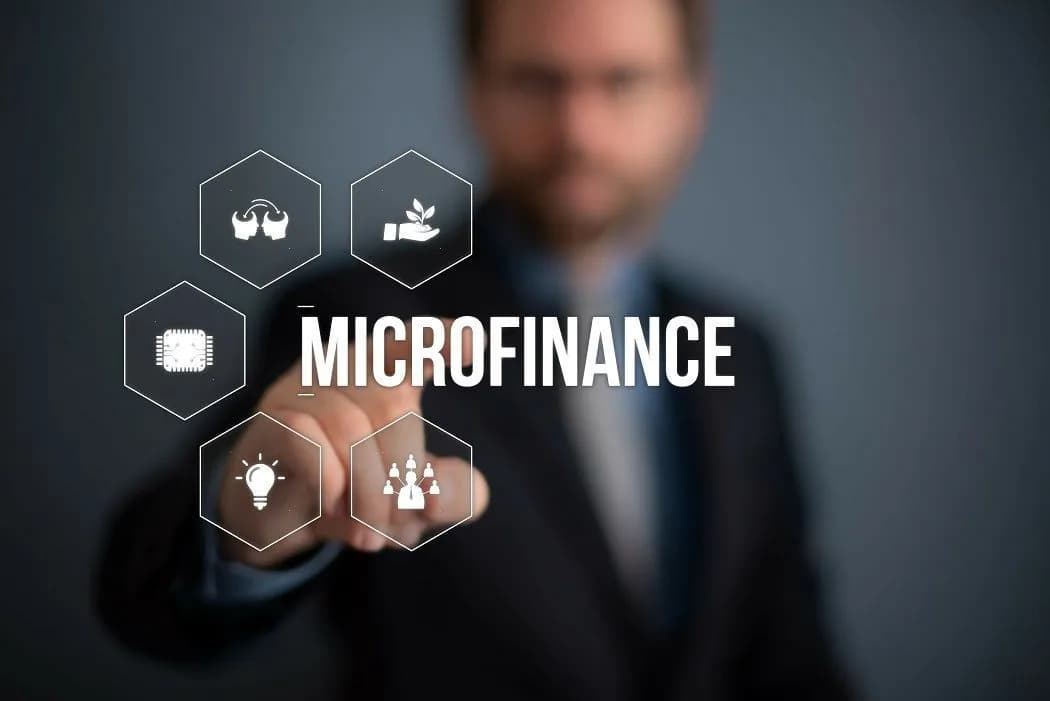Microfinance in Detail: What You Should Know About Securitization of Microloans
In the universe of lending financing, commercial banks have traditionally taken the lead, serving as intermediary tools to assist lenders and borrowers in interacting on a legitimate basis. The problem is that numerous banks frequently make lending choices without thorough comprehension and recognition of the nature of credit-related risks and challenges.
This monopoly has urged the creation of more flexible solutions that allow for more in-depth research and market analysis to cater to the target client’s needs and overcome microloan’s potential drawbacks. Securitizing microloans is a novel approach to backing up microfinance, which has been under strain because of a lack of capital. It means the creation of a so-called special purpose legal vehicle to navigate the purchase of receivables, loans, and other financial assets. Its core nature is to minimize potential risks for investors and make deals more advantageous for all engaged members.
Structuring Securitization of a Micro-Loan: Issues to Overcome
Given the vast diversification of microloans and their favorable interest rates, the ever-increasing attention to such means of financing isn’t surprising. To ensure you are on the right track, your budgeting strategy has to consider the impact of such factors on microloan securitization.
Challenging Rating
Microloans are known for their low entry level for interested parties. Depending on the investor, it is possible to borrow funds even if your credit score doesn’t reach the best standards possible. Nevertheless, it doesn’t mean that neglecting credit ratings on prospective investment tools and products will pay you any good. With no balance sheet to refer to when it relates to supporting the credit, rating agencies find it difficult to find in-depth data on microloan efficiency and commonly lack consistency. In turn, it isn’t the easiest task to securitize the assets to model maturity structures and other risks.
The Role of the Servicer
Applying for microloans provides a nice chance to seek professional assistance from trusted and credible lenders. However, building close relationships between investors and borrowers isn’t a panacea in 100%. To assess your portfolio’s performance and funding’s progress, it is essential to estimate the related risks properly. The involvement of MFIs doesn’t allow for the risk as a pure borrower’s responsibility. At the end of the day, this parameter plays a crucial role in the total risk portrait and is challenging to assess when calculating potential losses.
Another problem is that MFIs are capable of creating a huge number of microloans for different third parties. Any challenges with replenishing their underlayment put your deal at an additional risk.

Microloans & Short Maturity
In contrast to mortgages and other long-term loans that can last up to twenty years and beyond, the majority of micro-lending deals don’t require a lot of time to mature — less than twelve months on average. The problem is that such a scenario causes enhanced amortization. Although securitization of micro-loans with the minimum term possible won’t require any special mechanisms, that’s not the case with other variants. It will be compulsory to include a tool to substitute or roll over the assets under the agreement to keep risks under control. These modifications frequently result in increasing the structural level of detail and intricacy. At the same time, non-financial risks and operational expenses may also be enhanced.
The Benefits of Microloan Securitization
There are distinctive advantages of such financial instruments for investors and issues. Here are the most crucial ones to highlight:
That’s a nice mechanism to increase the deal’s profitability for banks.
It is a powerful means to customize investment risks and optimize microloan securitization portfolio diversification preferences.
Opting for more lucrative returns is a great bonus for interested parties.
By cultivating in-person relationships between borrowers and investors, the market wins through more successful deals based on mutual expertise and trust.
Microloan Securitizations Prospects
As evidence shows, MFIs have little trouble satisfying their liability and growing their equity. The next stage is to introduce outer financial sources and traverse the ever-expanding microloan portfolio in a high-end manner. In theory, this environment is fully capable of encouraging the progressive development of microloan securitizations of different levels and scales. Still, the limits outlined above are burdensome and require custom decisions for every individual case.
With less strict capital controls, it might be possible to increase the pool of microloan securitizations and enhance the general expertise in the problem across the markets. One thing is for sure — their success is projected to outpace their current potential over time. Despite current issues, such experiments are ongoing in various countries, which is why the establishment of fully replicable, self-healing, and commercial microloan securitization models is just a matter of time.